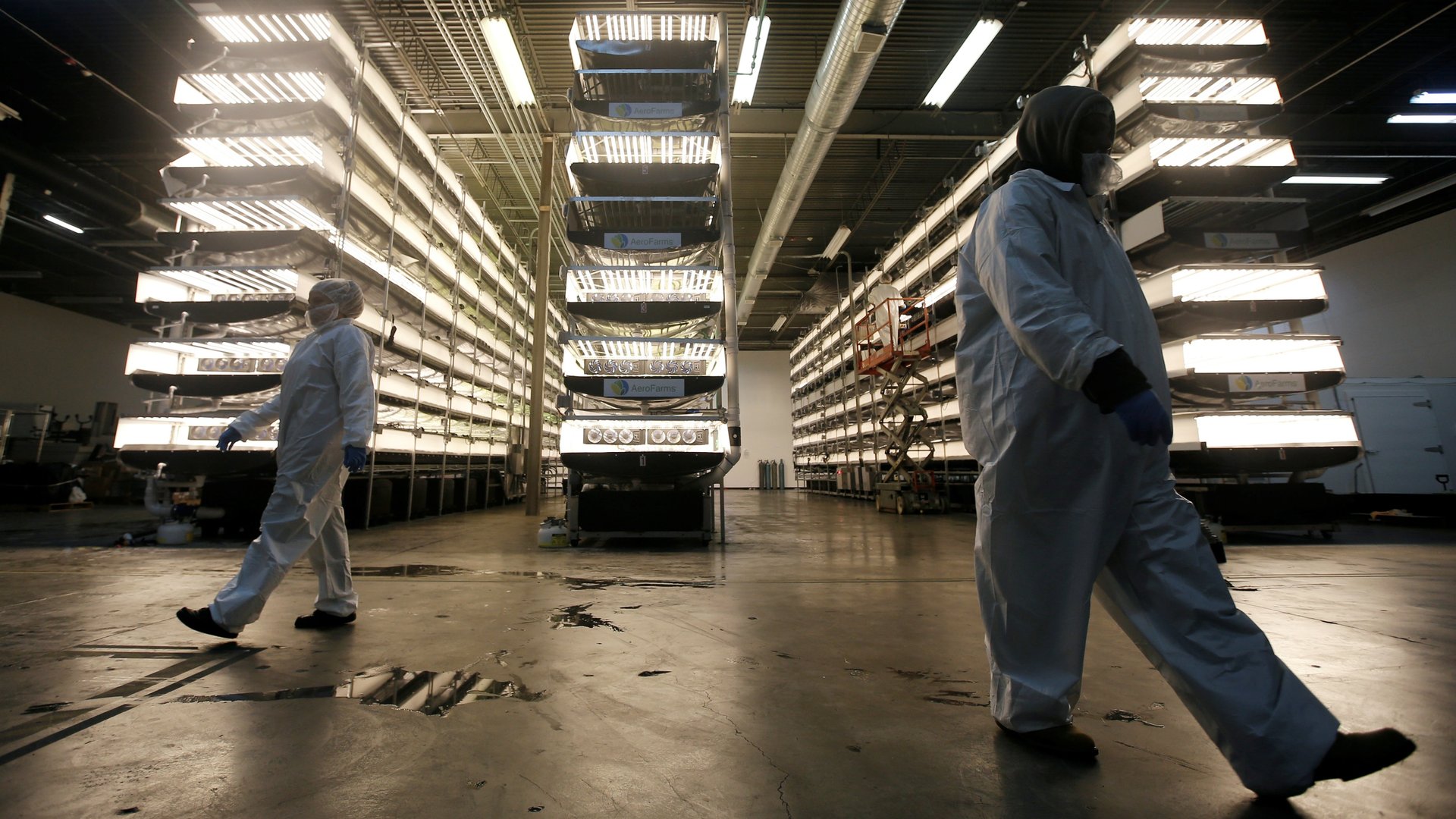Donald Trump’s dream budget is somehow pro-food poisoning
In carving out budget cuts to fund a $54 billion increase in defense spending, US president Donald Trump has put a critical part of the country’s health under the knife: Food safety.


In carving out budget cuts to fund a $54 billion increase in defense spending, US president Donald Trump has put a critical part of the country’s health under the knife: Food safety.
The White House is seeking to cut (pdf) discretionary spending in the US Department of Health and Human Services (HHS) by 18% to $69 billion, including slicing $5.8 billion from the National Institutes of Health. While Trump has said he wants to fully fund the Food Safety and Inspection Service, that agency is part of the Department of Agriculture, and focuses only on meat. The Food and Drug Administration, which is part of HHS, is charged with regulating everything else, including produce and more. The administration has made no promises about protecting those food safety programs.
Cutting food safety spending would be a dicey move for the new president, especially during a time when three-quarters of Americans say they are concerned about food safety, according to a June 2016 Harris Poll. Many food-related illness go unreported, but the government estimates nearly 48 million Americans overall are sickened by foodborne illnesses each year, leading to 128,000 hospitalizations and 3,000 deaths. Data across the last two decades show that when the government has gotten involved in addressing foodborne illness, the caseload has decreased significantly.
According to an assessment by the Center for Science in the Public Interest, funding cuts at HHS would disproportionately slice into science programs that determine the safety of food additives, the programs that are working to more clearly label food products in grocery stores, and to areas that aim to create voluntary guidance for companies on reducing the sodium in their food products.
Most of the HHS budget is dedicated to mandatory spending, including on programs such as Medicare and Medicaid. The remaining amount—a less than 10%—is for discretionary programs, including drug and medical device regulation and food programs.
The drug and medical device authorities—which approve pharmaceutical products—are more likely to avoid cuts than food programs. That’s because they rely on pharmaceutical companies to pitch in cash—so-called “user fees”—to usher new drugs and products through the approval process. Because of that public-private partnership with such massive corporate interests, those programs get some cover.
“So what that leaves you with is essentially the foods budget, which is the one area that can take an across-the-board cut,” says Jim O’Hara of the Center for Science in the Public Interest.
To be sure, the Trump budget proposal is a blueprint and wish list, submitted to Congress for approval. It does not go into line-by-line detail and already conservative lawmakers have voiced concern about the White House’s proposed spending cuts. Still, it illustrates the extent of the Trump administration’s ambitions to revamp the federal government.
At the same time, global food companies are asking Congress to increase FDA spending, particularly to implement the 2011 Food Safety Modernization Act (FSMA), a sweeping reform of food safety laws that aims to ensure the US food supply remains safe by shifting the focus from responding to contamination to preventing it.
In a March 15 letter to lawmakers, Coca-Cola, Nestlé, ConAgra, PepsiCo, Cargill, Mars Inc., Kellogg, Unilever, and Walmart were among 20 major food companies asking Congress to spend more money to implement the reforms.
“Our commitment to food safety is steadfast and we need a strong FDA as our partner to fully implement FSMA and to play its proper role in ensuring the safety of the nation’s food supply,” a letter from the group states.
It remains unclear what Trump thinks about those food safety regulations. But if anything can be gleaned from his budget proposal, the answer may be: not much.